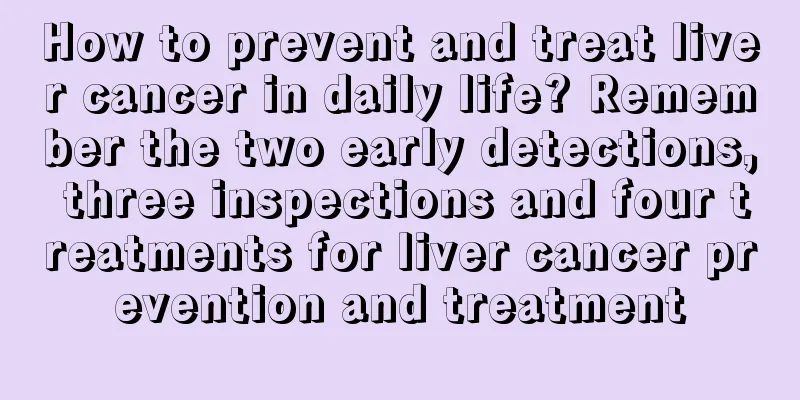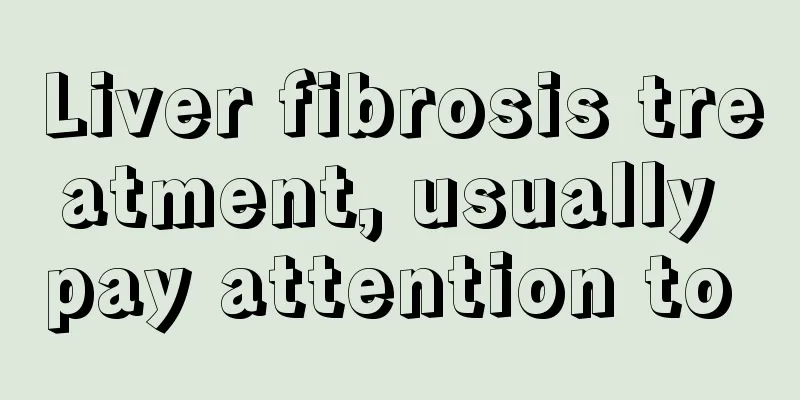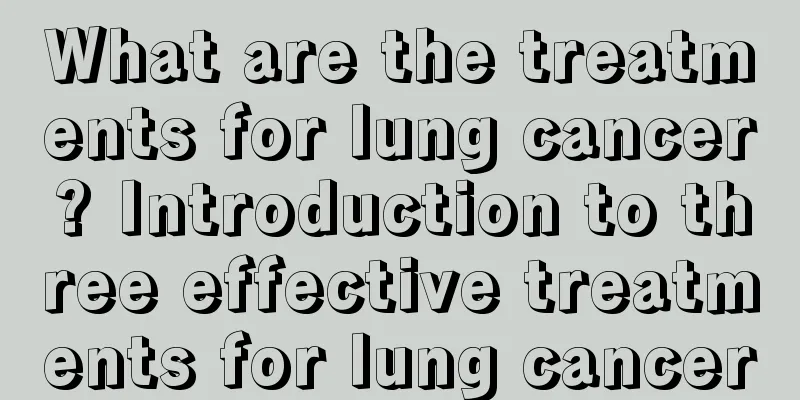How to prevent and treat liver cancer in daily life? Remember the two early detections, three inspections and four treatments for liver cancer prevention and treatment

|
“Two Early” improves efficacy: Two Early prevention and treatment of liver cancer mostly refers to early prevention and early diagnosis. Clinical practice has shown that the treatment effects of small liver cancers with a diameter of less than 3 cm and advanced liver cancers are completely different. Advanced liver cancers are often accompanied by intra- and extra-hepatic metastases, which cannot be surgically removed, and interventional embolization and drug treatments are difficult to be effective. However, for small liver cancers diagnosed in the early stages, surgical resection, embolization, ablation and other treatment methods are all effective. Early prevention is to avoid the spread of hepatitis, avoid liver damage caused by alcohol, drugs, etc., and prevent or alleviate the progression of liver fibrosis to the greatest extent. "Three checks": three-level census management, that is, conducting different checks according to three groups of people. According to the degree of liver cancer risk, people at high risk of liver cancer are generally divided into three categories. The first category is the high-risk group, such as patients who develop cirrhosis due to chronic viral hepatitis (hepatitis B or hepatitis C); the second category is the moderate-risk group, such as patients with chronic viral hepatitis but no family history of cirrhosis or liver cancer; the third category is the low-risk group, such as patients with cirrhosis due to non-viral reasons. The three-level census is to conduct different examinations according to the three groups of people. Generally, the high-risk group should undergo relevant examinations (liver function, alpha-fetoprotein and ultrasound) every three months; the moderate-risk group should undergo examinations at least once every six months; and the low-risk group should undergo relevant examinations once a year. When a suspicious case is found, CT, MRI or arterial angiography should be further performed until liver cancer is ruled out. “Four treatments”: the four commonly used treatment measures for liver cancer. Surgical treatment is traumatic and expensive. In addition, liver lobectomy is affected by factors such as liver function, liver cancer location, and medical technology conditions. It is not an ideal choice for patients with cirrhosis. Local treatment, represented by radiofrequency, is less invasive, causes less damage to the liver, and can be used repeatedly. It has become the preferred treatment method for small liver cancer. The efficacy of interventional embolization therapy is restricted by the blood supply to the tumor artery, making it difficult to completely kill liver cancer cells, and it has no obvious therapeutic effect on the lesions in the liver tissue surrounding the cancer. Drug treatment includes chemotherapy, immunotherapy, traditional Chinese medicine, gene therapy, etc. Drug treatment is only an auxiliary to surgical treatment, and its efficacy is limited when used alone. |
>>: What are the dietary precautions for liver cancer? Seven dietary precautions for liver cancer
Recommend
Armpits smell bad
Armpit odor and body odor are diseases that bothe...
What are the treatment options for cholecystitis?
Patients with cholecystitis should pay attention ...
Symptoms and treatment of cholecystitis and gallstones
Gallstones are actually a common disease. Especia...
Methods of skin cancer care and prevention
The incidence of skin cancer in my country is ver...
Postoperative care methods for patients with cervical cancer
Many patients will experience postoperative compl...
How to solve the symptoms of small intestine meridian obstruction?
The small intestine is the most important and als...
How to deal with hazardous waste
If we want to live a normal life, we will definit...
How to wash nail polish off clothes
How to wash nail polish on clothes? Nowadays, man...
What should I do if my child doesn’t like reading?
Children have a wide range of interests and hobbie...
What foods can induce colon cancer?
Many friends wonder what factors in life lead to ...
Will pregnancy with prostatitis cause deformity
Prostate disease is one of the serious diseases t...
What to do if you gain weight due to too good absorption
Losing weight seems to be an eternal topic for bo...
Who gets skin cancer
The number of people suffering from skin cancer i...
To maintain good health in summer, you must learn to protect your sweat glands
The skin covering the entire body is a natural ba...
What are the symptoms of gastrointestinal bleeding
I believe many people have heard of the phenomeno...









